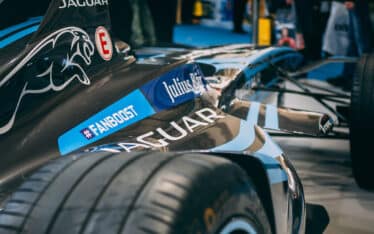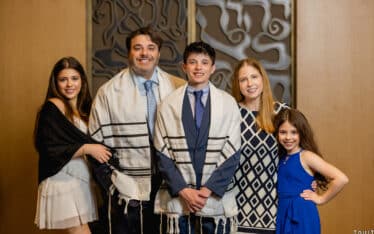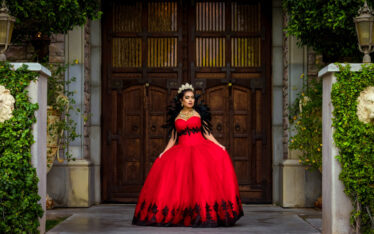Compared to other types of photography such as portraits and landscapes, event photography has distinct challenges. When you are photographing events such as concerts, sporting events, festivals, corporate events, or private events, you often need to capture fast-moving action. You may also be dealing with dim lighting. This article (Part II of the “A Complete Overview of Event Photography”), will help guide you in choosing the most effective tools for taking photos at any type of event.
Best Cameras For Event Photography
While you can bring any type of camera to an event, they won’t all give you equal results. You may need to shoot from a distance or from a variety of distances and angles. Some events take place at night or indoors when the lighting is dim. There are several factors to consider when choosing your camera.
- Comfort —You may be carrying your camera for hours, making comfort and weight a factor. There’s also the issue of how comfortable the camera feels when you grip it.
- Durability —You want a camera that’s durable enough to withstand all kinds of weather and possible bumps as you move through crowds.
- Budget — You naturally have to consider your budget when buying a camera. However, you should also consider a good camera as a long-term investment, especially if you’ll be using it for paid gigs.
- Mirrorless or DSLR — There are pros and cons to both types of cameras. Mirrorless cameras are smaller and more compact. The downside to this is that they aren’t always comfortable to grip. But they do tend to be quieter than DSLRs which can be helpful in quiet scenarios. The one main advantage DSLR cameras have, is having a larger lens selection, which can be crucial for event photography. They also have longer battery life. One could argue that these factors make DSLR the better overall choice for event photographers. However, mirrorless cameras are getting more advanced, so the differences are narrowing. We actually did a more in depth comparison of the two in this post about switching to mirrorless cameras from DSLRs.

You have a wide choice of cameras, depending on your preferences and budget. The following are a few suggestions.
- Canon EOS-1D X Mark III — One of the top DSLR cameras for events. Very durable, high ISO capability, which is great for shooting in low light environments. The main downside is the cost, which is over $5,000.
- Canon EOS 6D Mark II — Another popular model from Canon in a more affordable price range, under $1,500.
- Nikon Z6 — This is a good choice for a mirrorless camera that has great autofocus and ISO performance for all types of light. It’s also very compact. The retail price is around $2,000, but you may be able to find it on sale for as low as $1,000.

When choosing lenses, you should consider whether you’ll be indoors or outdoors as well as how far from the action you’ll be shooting from. As an event photographer, it’s good to have several types of lenses with you.
The main criteria to use when selecting a lens are focal length and aperture. The focal length determines the angle of vision, with smaller numbers indicating a wider angle of vision. Prime lenses have a fixed focal length, while zoom lenses have variable focal lengths. The aperture has to do with how much light enters the camera. A wide maximum aperture lens means faster shutter speeds, allowing for clearer shots in low light environments.
The two main types of lenses are prime and zoom. A good prime lens is Nikon AF-S NIKKOR 50mm, which you can get for around $400. The Canon EF 70-300mm is a good telephoto lens, essential if you’re going to be shooting from a distance.

In addition to your camera and lenses, there are a few accessories that can help you take better photos at events.
- Backup equipment. You don’t want to be caught off guard when you’re at an event. Bring extra batteries, flash cubes, and memory cards. If possible, it’s nice to have an extra camera on hand as well for emergencies.
- Camera bag and straps. If you’re carrying around your camera for hours, you want to be as comfortable as possible. Camera straps reduce the amount of weight you’re carrying and keep your hands free. A camera bag safeguards your camera during transport and whenever you’re not using it.
- Flash and lighting gear. A speedlight flash, also known as a hot shoe flash, is an external flash you can add to your camera when needed. You may also want to bring a bounce card or board reflector to soften the light.
- Tethering equipment —Using a cable or app, you can connect your camera to your phone or laptop so you can instantly send photos to your client or upload them to social media.
As you gain experience, you’ll develop your own preferences for equipment. You may prefer certain brands and models of cameras over others, for example. The type of event you cover will determine the best lenses and other gear. Keep experimenting and learn what works for you.
Next up: Preparing for The Event





